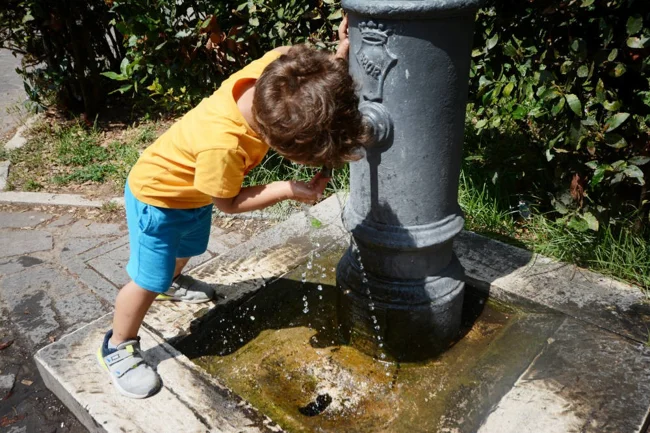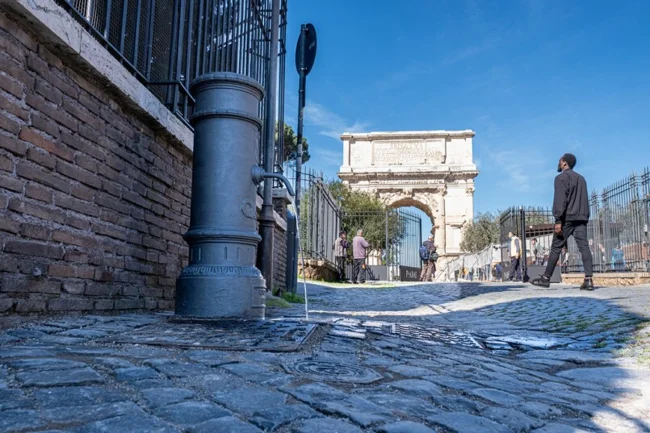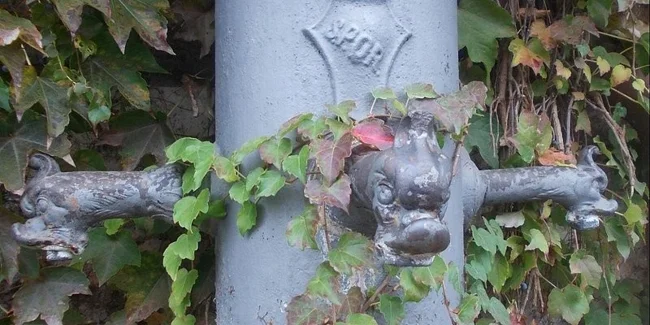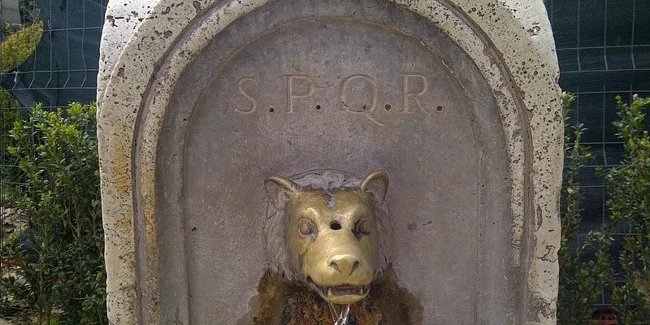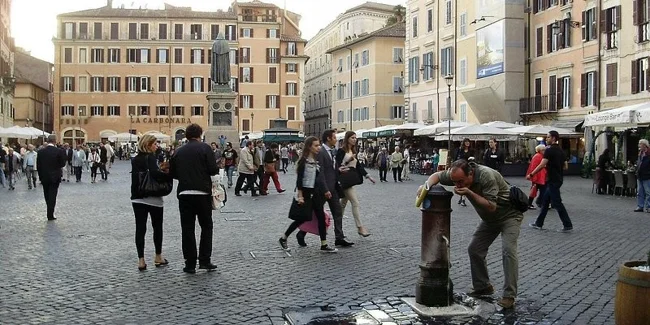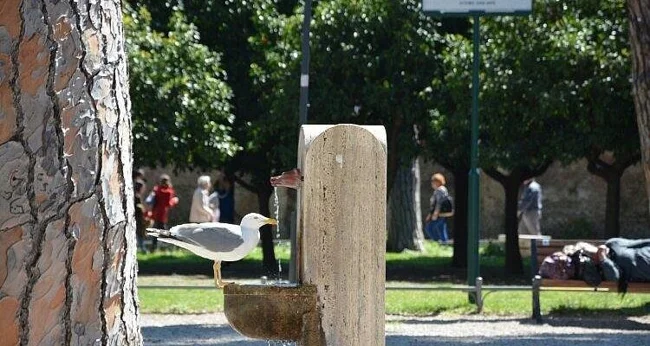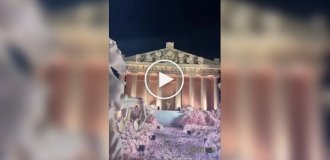Thousands of "proboscis monkeys" that have satisfied hunger since ancient times The Romans thirsted and continue to do so today (12 photos + 1 video)
In Rome, amidst majestic ruins and bustling basilicas, a unique life pulsates. Its rhythm is measured not by clocks, but by streams of icy water eternally pouring from bronze mouths. 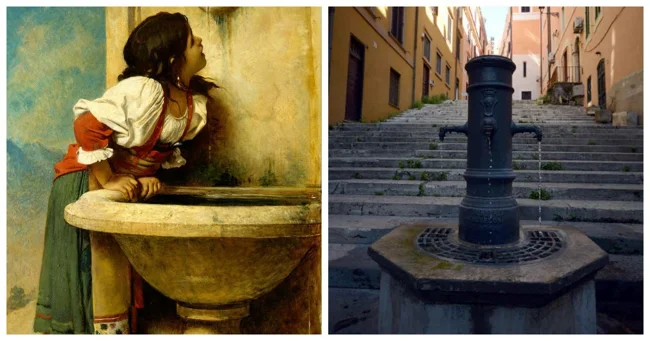
These are nasoni—"big-nosed" drinking fountains, as integral a symbol of the Eternal City as the Colosseum or the Pantheon. 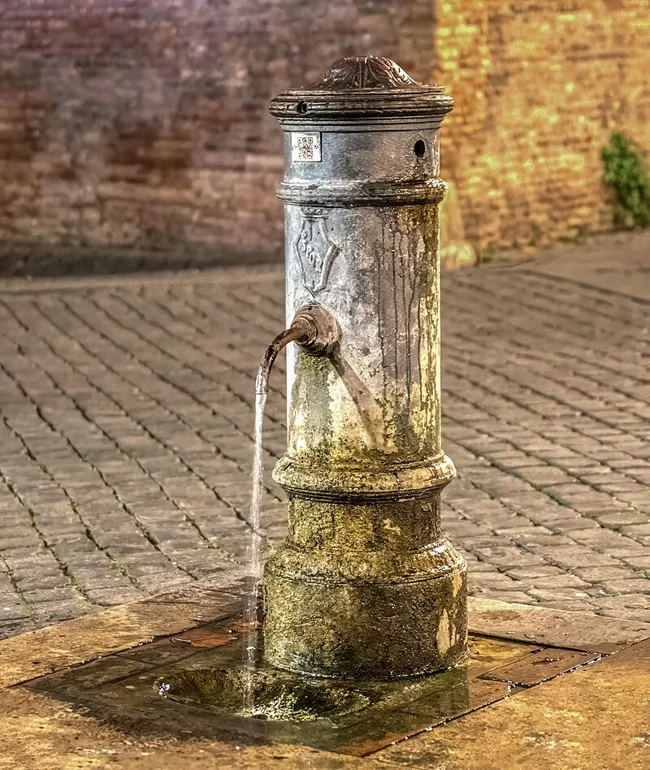
Nason, 1930s
These waist-high cast-iron pillars, weighing two hundred kilograms, stand at every intersection and square, like generous guardians of the city's springs. They earned their nickname—"big-nosed"—for their long, curved spout, reminiscent of a Roman profile. 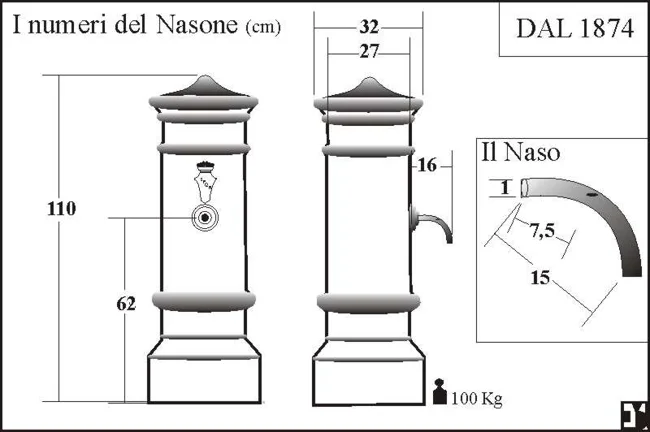
Diagram of a typical nason
The water gushing from the beaks is not ordinary. It is the same life-giving fluid that makes a 30-kilometer journey from Lake Bracciano through ancient aqueducts built by the Romans. During the Imperial era, nine aqueducts fed 39 monumental fountains and nearly 600 public fountains. With the fall of Rome, the aqueducts were abandoned and only in the 17th and 18th centuries did they regain their former glory. Modern nasoni or fontanellas appeared in the 1870s to provide pure water for street markets. Today, they are a true salvation for anyone caught on the streets of Rome in the summer heat, when the thermometer approaches 40 degrees Celsius. 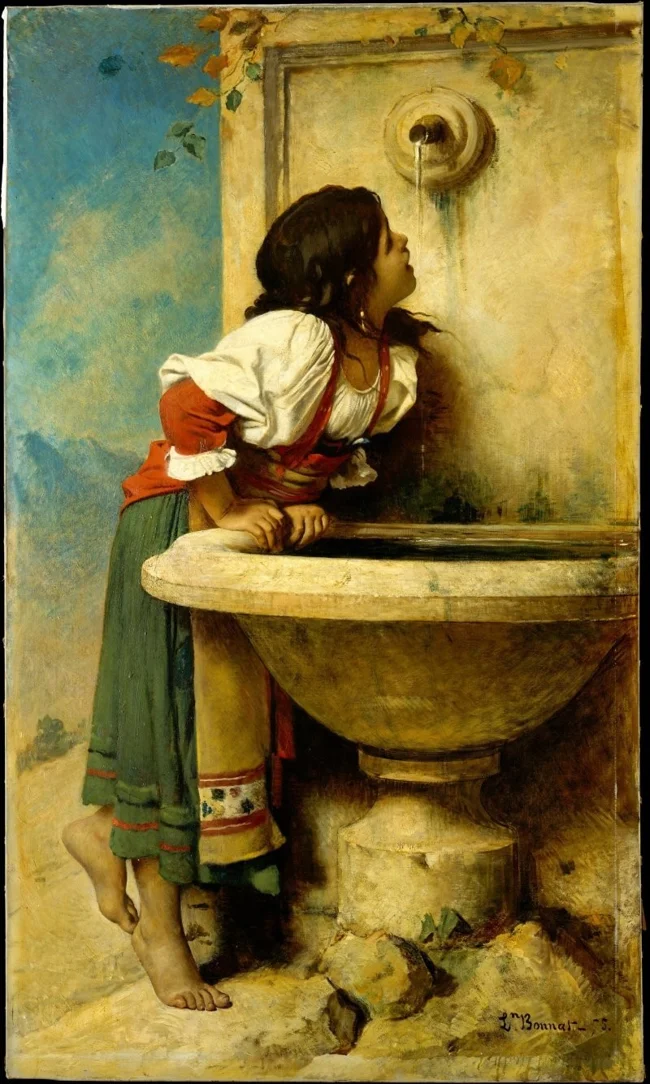
Léon Bonnat, "Roman Girl Drinking from a Fountain" (1875)
It might seem like perpetually running water is wasteful. But everything is thought out here: unused water is not wasted. It is collected and used for watering gardens, cleaning streets, and other household needs. Furthermore, the constant flow prevents water from stagnating in the pipes, preventing bacteria growth. 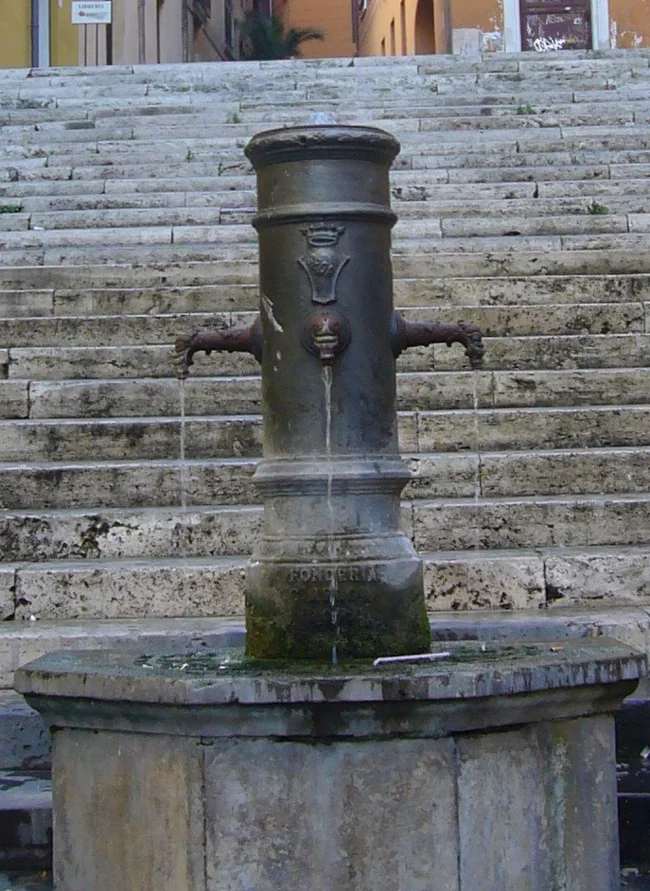
The genius of nasoni lies in their simplicity. There's a small hole at the top of the spout. If you plug the main stream with your finger, the water shoots upward in a thin arc, allowing you to drink without touching the faucet. Every local knows this. 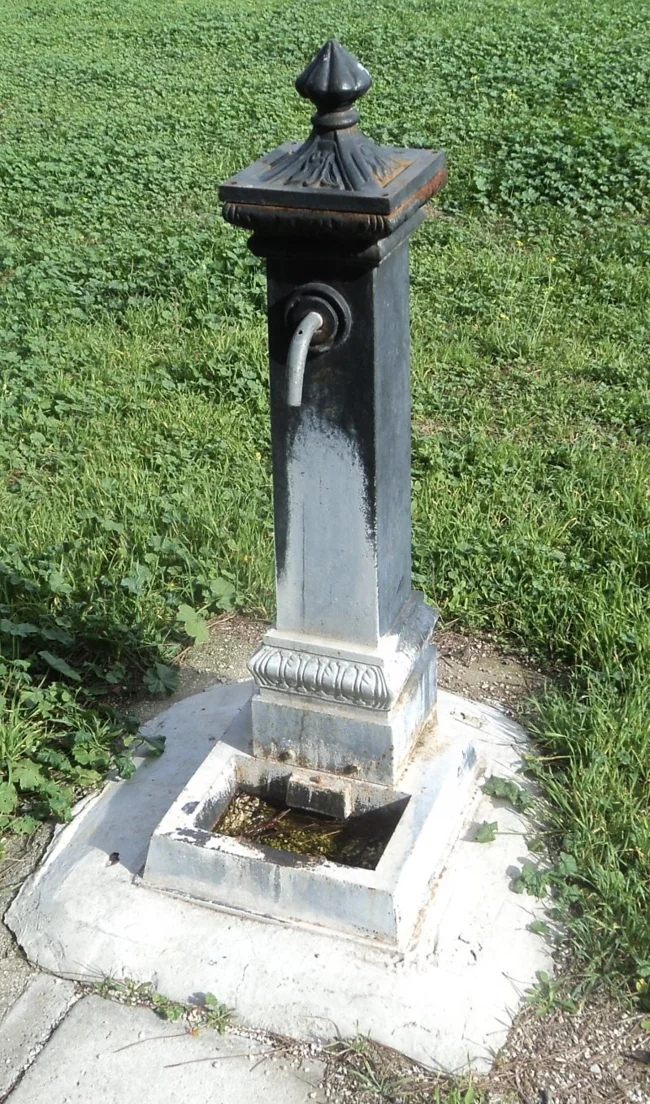
Today, around 2,500 of these fountains are located throughout Rome, offering everyone the ultimate treasure—pure, cool water, absolutely free. 